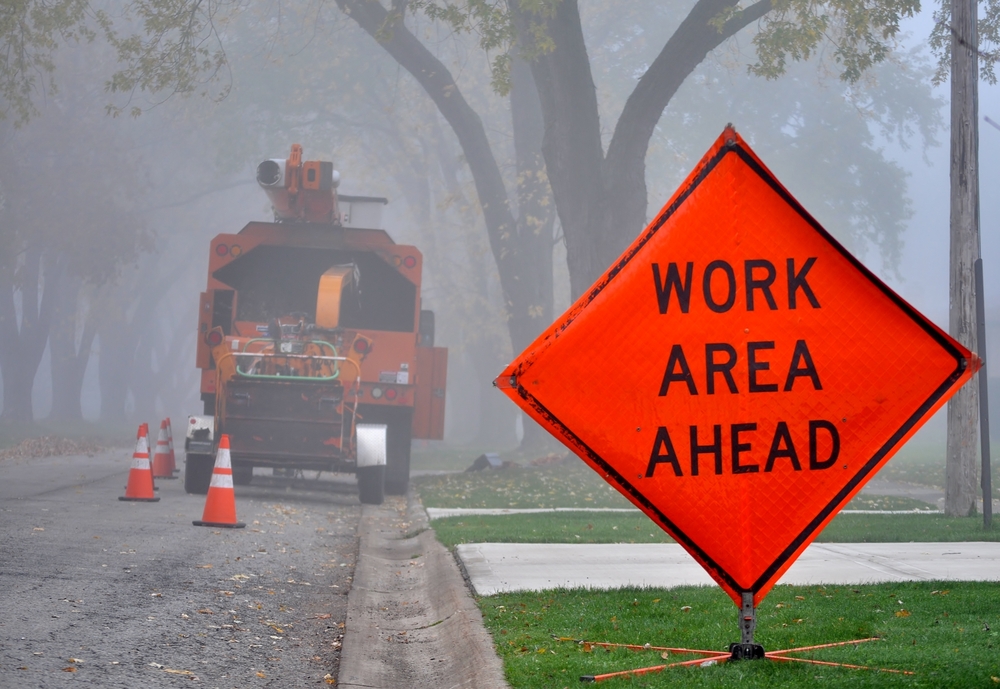
The world’s population is growing, and the demand for transportation services is growing. This exponential growth in the demand for transportation services is harming the environment due to the rising number of vehicles on the road. Smart work zones use Intelligent Transportation Systems to reduce congestion, which reduces the amount of pollution that enters our atmosphere, keeping our planet healthy and sustainable. Read on to learn more about smart work zones and the benefits that come with them.
Reduces Carbon Emissions
The benefits of smart work zones are many, and they are not limited to the drivers who use them. Smart work zones can help reduce carbon emissions, which is a key factor in keeping the environment safe and healthy. The way smart work zones work is by using technology to communicate with vehicles and drivers. This way, the system can control traffic flow and prevent accidents.
The result is that there will be less congestion on the roads, which means fewer carbon emissions will be released into the atmosphere. With this reduced congestion, drivers will find it easier to reach their destination on time and with fewer fuel costs. Furthermore, this system can be implemented on a larger scale, which would mean that larger cities and towns could be monitored more efficiently to ensure better traffic flow and lower emissions.
Reduced Traffic Congestion
A smart work zone is a piece of infrastructure that uses sensor technology to detect cars, trucks, and other vehicles as they approach the zone. When traffic slows down in the smart work zone, this will trigger lights to turn green and allow the vehicle to move through the area without any holdups. This will reduce traffic congestion, which means less pollution from vehicle emissions.
With smart work zones, motorists can drive through their destinations more efficiently, leading to less traffic congestion in the long run.
The emission of carbon dioxide and other pollutants can be reduced along with easing traffic congestion. Additionally, traffic jams lead to the accumulation of pollutants in a confined area and can create dangerous conditions for drivers and pedestrians alike. Therefore, smart work zones not only provide more efficient travel but also can be beneficial for the environment and public safety.
Reduce Fuel Consumption
By reducing the amount of idling, smart work zones benefit the environment by reducing fuel consumption. A vehicle must be ready to move at any moment, so it must idle when it is not in use. This can happen at construction sites, where traffic stops and starts again quickly. The longer a vehicle sits idling, the more fuel is consumed.
A smart work zone allows the vehicles to stop for a shorter period and still be ready to go when needed. By implementing smart work zones at construction sites and other areas where vehicles are often stopped for extended periods, fuel consumption can be decreased.
Vehicle emissions have been linked to cancer and other diseases, as well as global warming, which means that reducing them impacts humans and the environment. In addition, burning fossil fuels like gasoline or diesel produces carbon dioxide.
Reduced Noise Pollution
Smart work zones help to reduce noise pollution in urban areas by reducing the number of vehicles on the road. As a result, there will be fewer honking and loud engines running, which is one of the major sources of noise pollution in large cities. This can help improve the quality of life for people living near busy roadways and reduce pollution levels.
At night, smart work zones can help reduce noise pollution by lowering the speed limit in certain areas. Signs can be installed to remind drivers to reduce their speed and follow the posted speed limits. This helps improve traffic flow, decrease emissions, and create a quieter atmosphere.
Takeaway
Smart work zones are beneficial for the environment because they reduce traffic congestion and pollution. Moreover, they are safer for employees. This saves time and money for businesses and reduces the wear and tear on their vehicles and equipment. Using existing sensors and software, smart work zones can be easily implemented in parking lots to create a safer environment for workers and motorists.
Worksafe Traffic Control Industries produces signs and other safety devices designed to meet the highest standards in workplace safety. Their signs are certified to have been made in compliance with the Manuel Uniform Traffic Control Devices and are widely used in the Northeastern United States, particularly in Vermont, New Hampshire, Maine, and Massachusetts.

